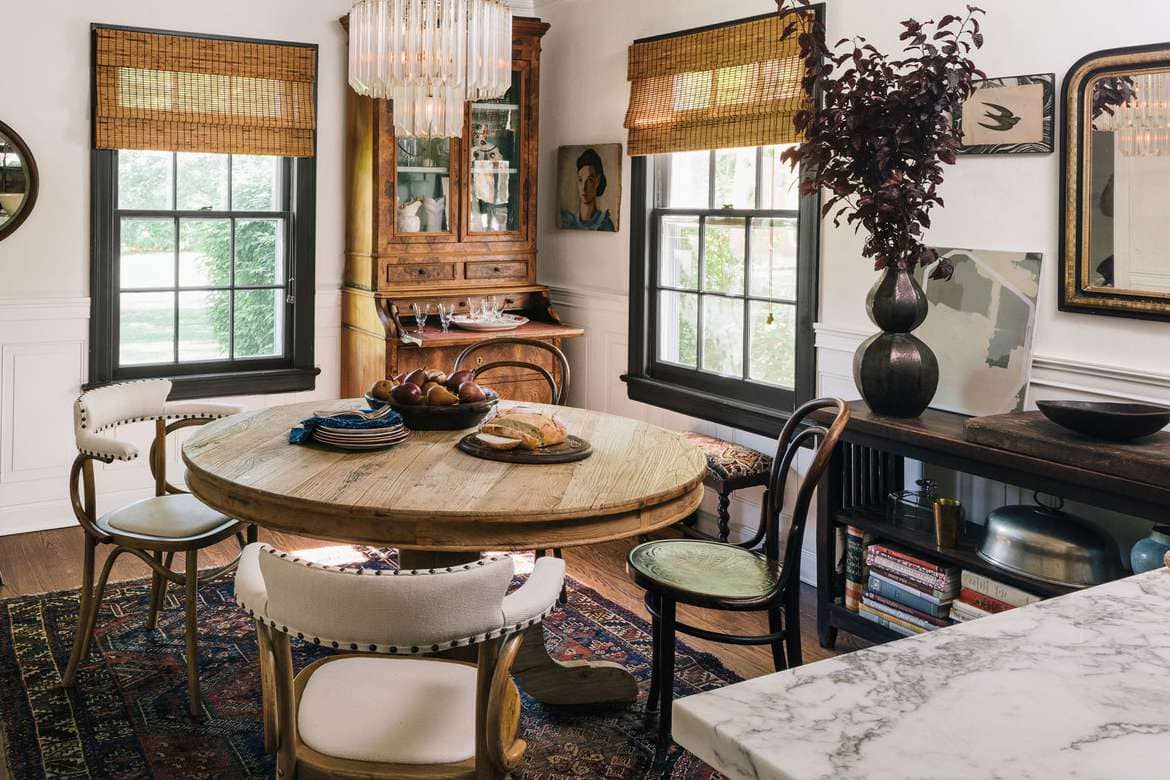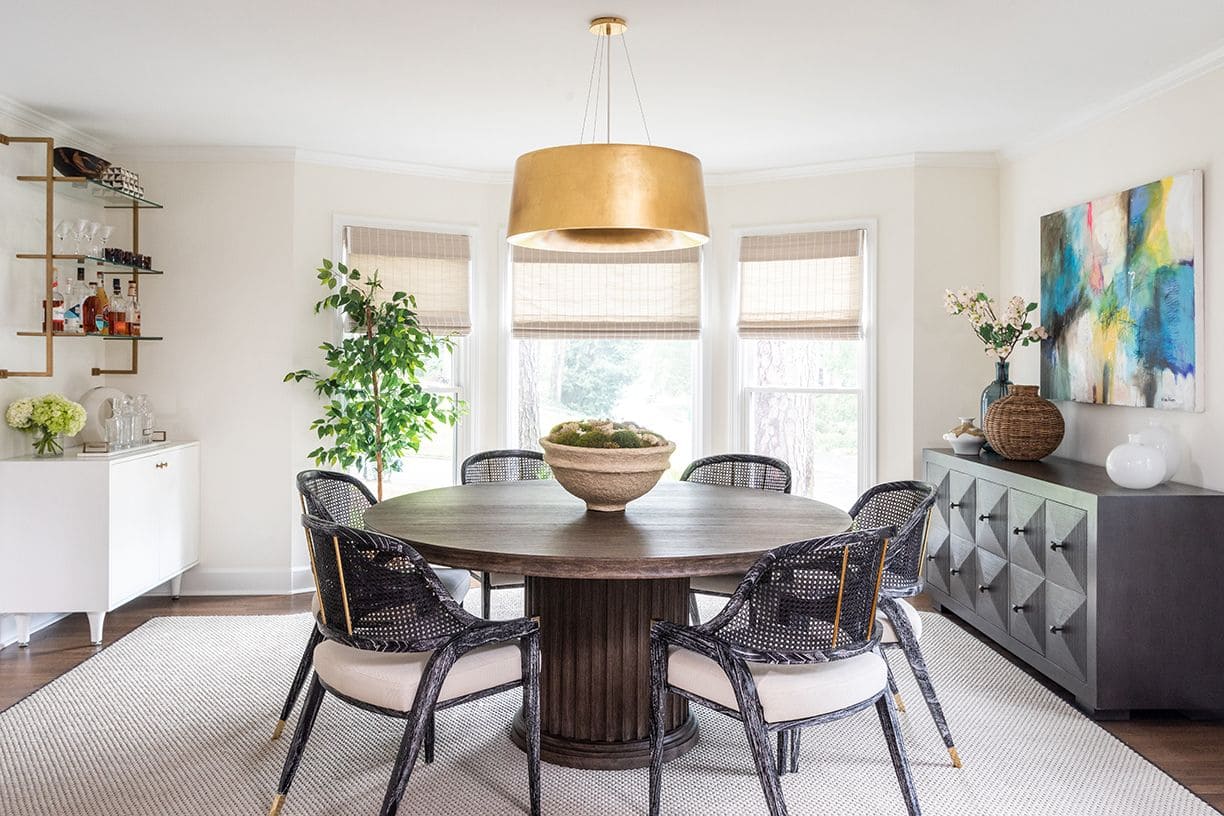Combining a living room and dining room can be a brilliant way to maximize space and create a seamless flow in your home. Whether you’re working with a small apartment or a spacious house, integrating these two essential areas can enhance functionality, aesthetics, and overall comfort. In this comprehensive guide, we’ll delve into the intricacies of merging these spaces, offering practical tips, design inspiration, and expert insights to help you achieve the perfect balance between style and functionality.
Understanding the Concept
Defining the Purpose
Before embarking on the journey of combining your living room and dining room, it’s crucial to define the purpose of each space. The living room serves as a hub for relaxation, entertainment, and socializing, while the dining room is primarily designed for meals and gatherings. By understanding the distinct functions of these areas, you can strategically plan the layout and design to ensure optimal usage and comfort.
Embracing Open-Concept Design
Embracing an open-concept design is key to seamlessly merging the living room and dining room. This approach eliminates physical barriers, allowing for better flow and connectivity between the two spaces. Consider removing non-load-bearing walls or installing partial partitions to maintain a sense of separation while still promoting openness and fluidity.
Design Strategies
Cohesive Color Palette
Opting for a cohesive color palette is essential for creating visual harmony and continuity between your living room and dining room. Choose neutral tones or complementary colors that complement each other seamlessly. Incorporating accent hues or patterns can add depth and personality to the space while tying the two areas together effortlessly.
Flexible Furniture Arrangement
When combining the living room and dining room, versatility is key when it comes to furniture arrangement. Opt for multifunctional pieces such as extendable dining tables, nesting coffee tables, or modular seating options that can adapt to various activities and occasions. This flexibility ensures that your space remains functional and adaptable to your evolving needs.
Strategic Zone Planning
Dividing the combined space into distinct zones can help delineate the different functions while maintaining a cohesive design scheme. Consider creating separate seating areas for lounging and dining, using area rugs or lighting fixtures to define boundaries effectively. This strategic approach allows for better organization and enhances the overall usability of the space.
Maximizing Storage Solutions
Utilizing Built-In Cabinetry
Incorporating built-in cabinetry is an excellent way to maximize storage and minimize clutter in a combined living room and dining room. Customized shelves, cabinets, or wall units can provide ample storage for dinnerware, entertainment equipment, and miscellaneous items, keeping the space tidy and organized without sacrificing style.
Dual-Purpose Furniture
Investing in dual-purpose furniture is a smart strategy for optimizing space in a combined living room and dining room. Look for pieces such as storage ottomans, console tables with drawers, or dining benches with built-in storage compartments. These multipurpose furnishings offer practical storage solutions while adding aesthetic appeal to the space.
Enhancing Ambiance
Layered Lighting Design
Creating a layered lighting design is essential for enhancing ambiance and functionality in a combined living room and dining room. Incorporate a mix of ambient, task, and accent lighting to accommodate different activities and moods. Install dimmer switches or smart lighting controls to adjust the intensity and ambiance according to your preferences.
Personalized Decor Elements
Adding personalized decor elements is the perfect way to infuse character and charm into your combined living room and dining room. Display artwork, photographs, or decorative accessories that reflect your personality and style preferences. Incorporating indoor plants or fresh flowers can also bring a touch of nature indoors, creating a welcoming and inviting atmosphere.
Conclusion
Combining a living room and dining room offers endless possibilities for creating a versatile, functional, and aesthetically pleasing space. By implementing strategic design strategies, maximizing storage solutions, and enhancing ambiance, you can transform your home into a stylish and cohesive haven for relaxation, dining, and entertaining.





